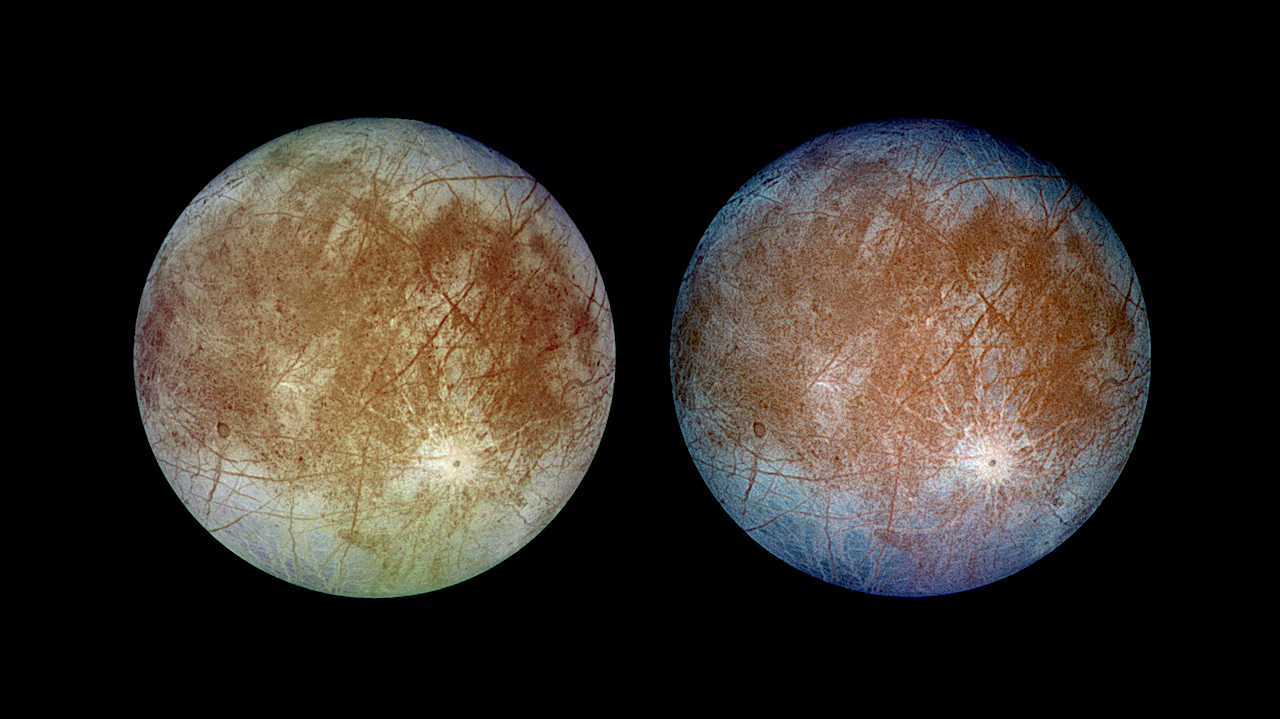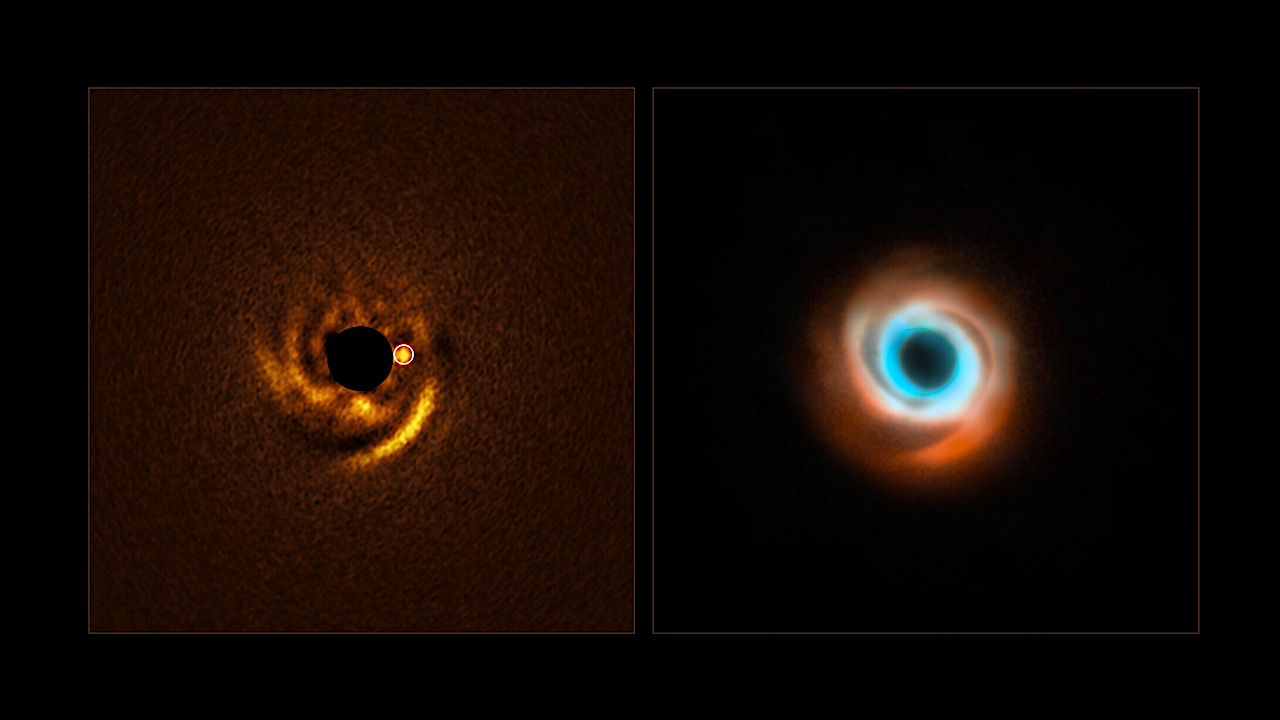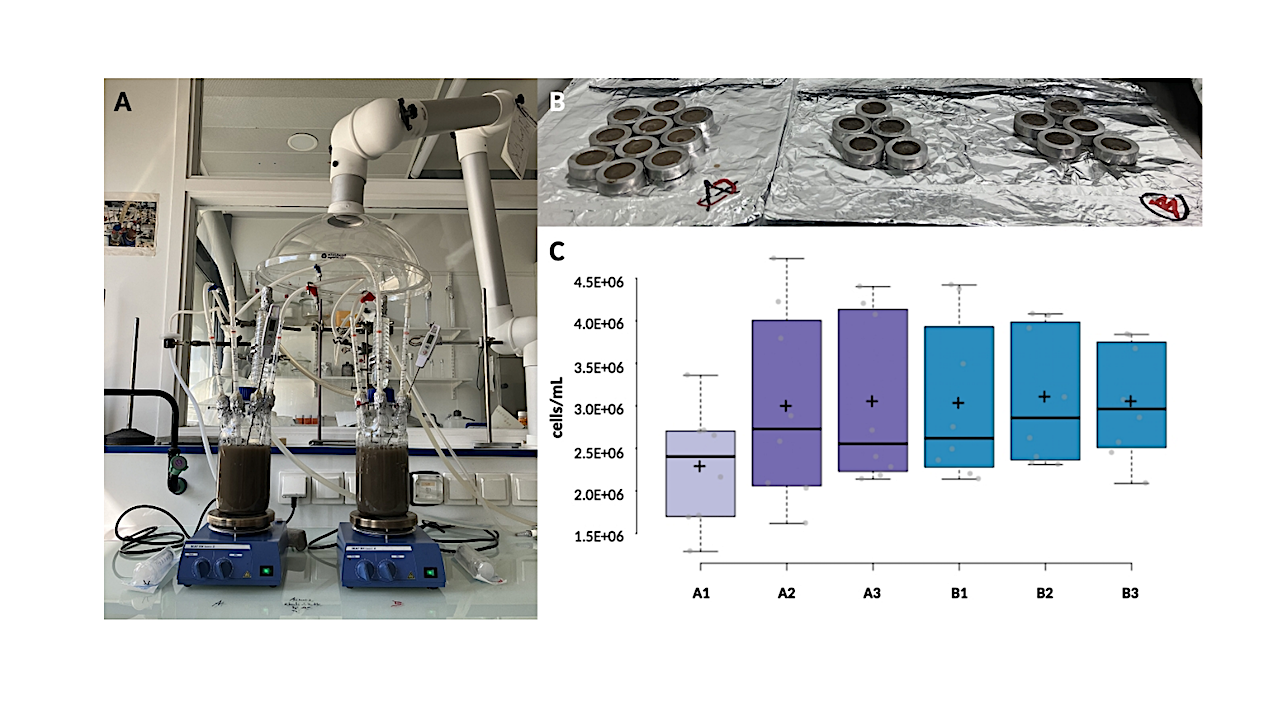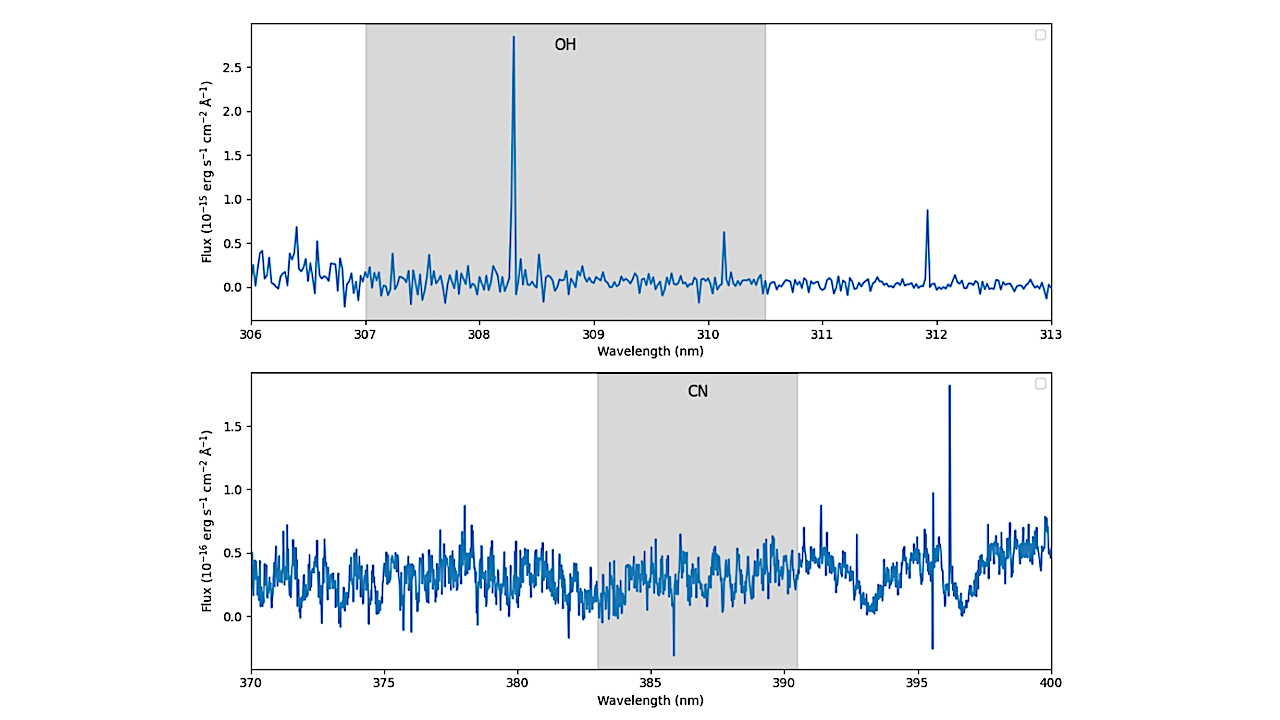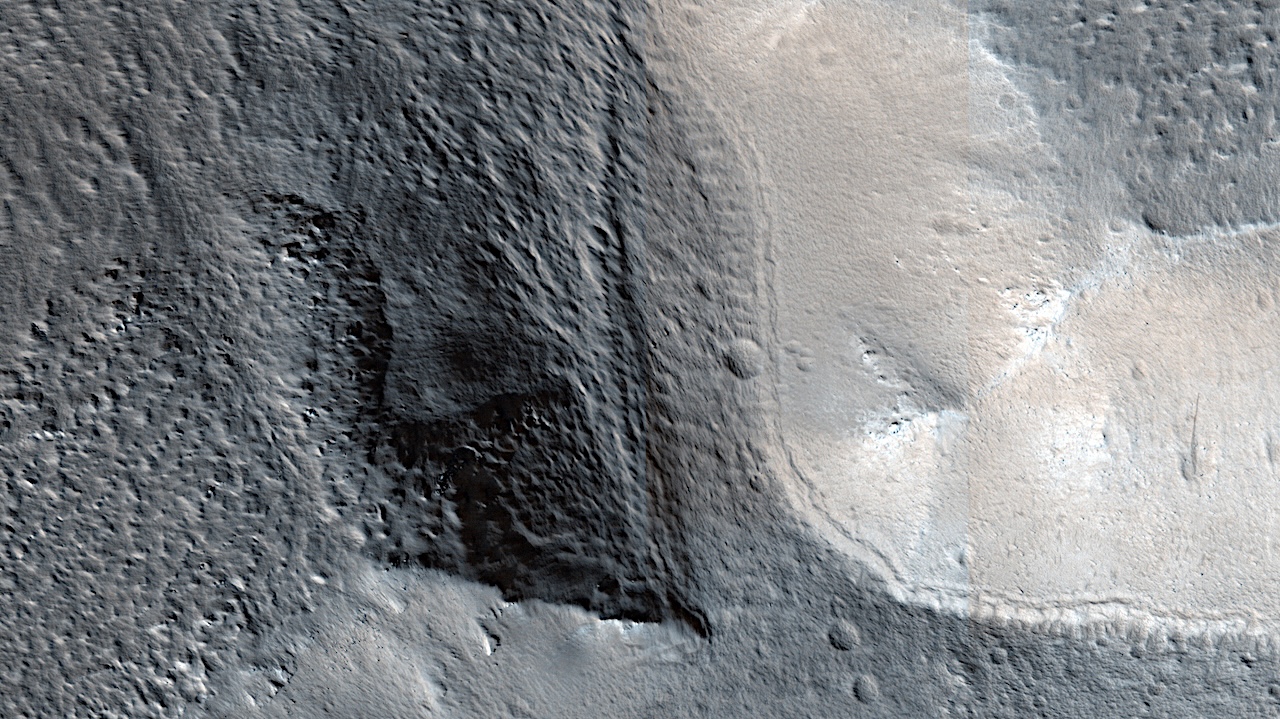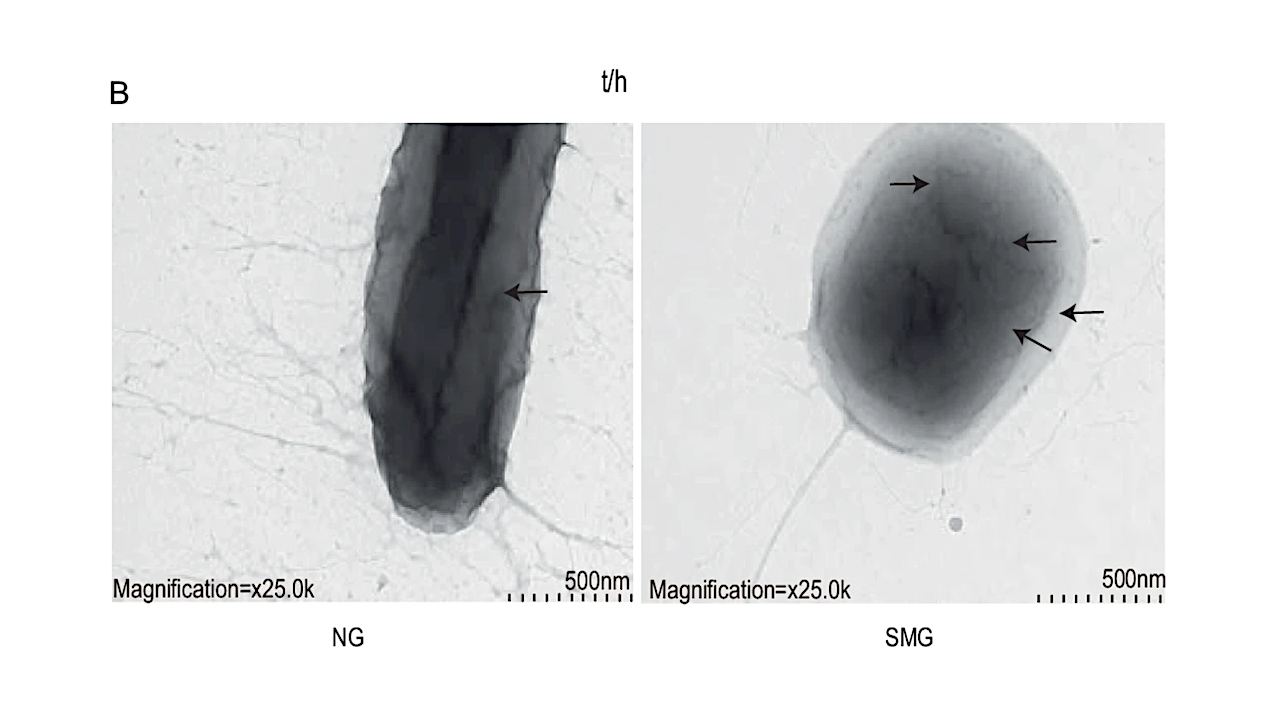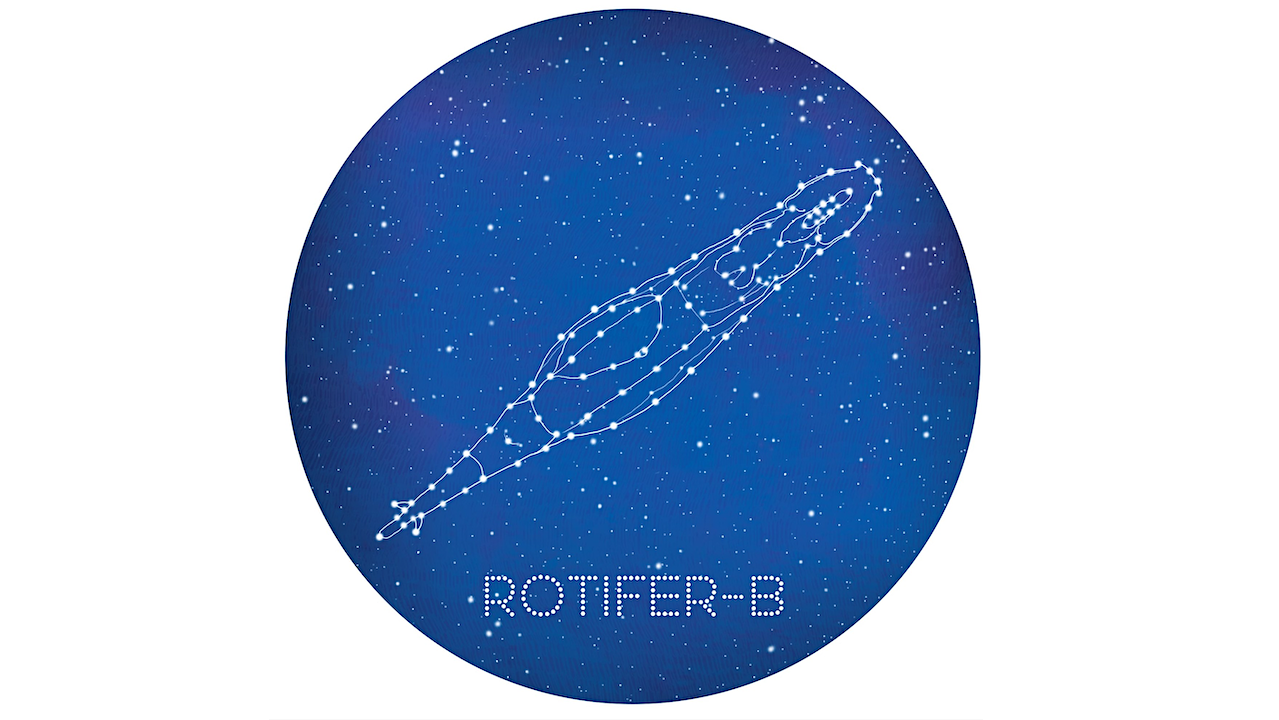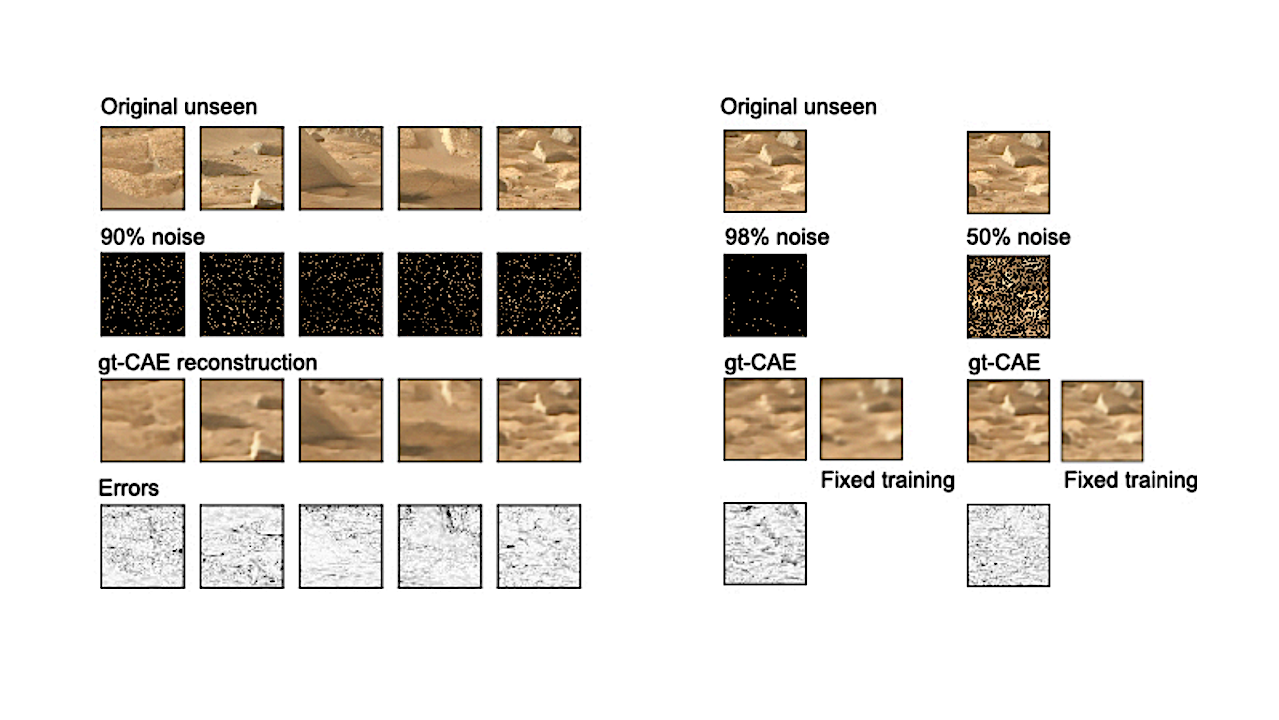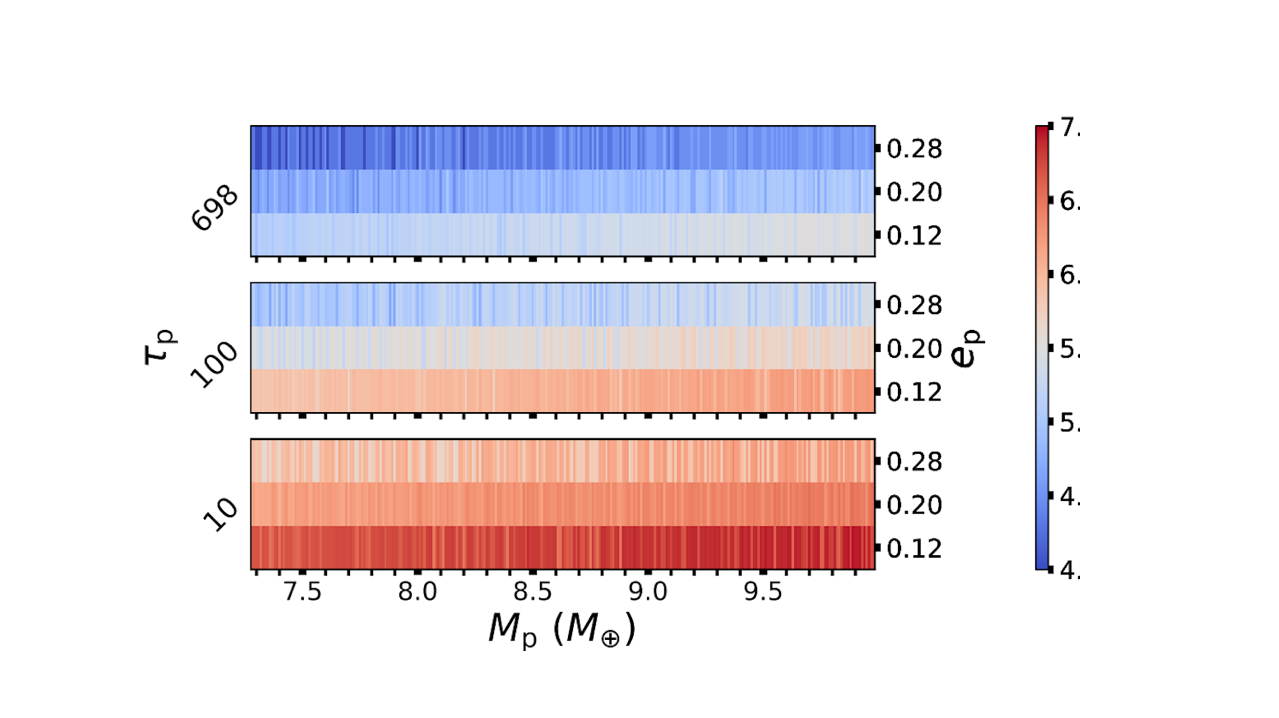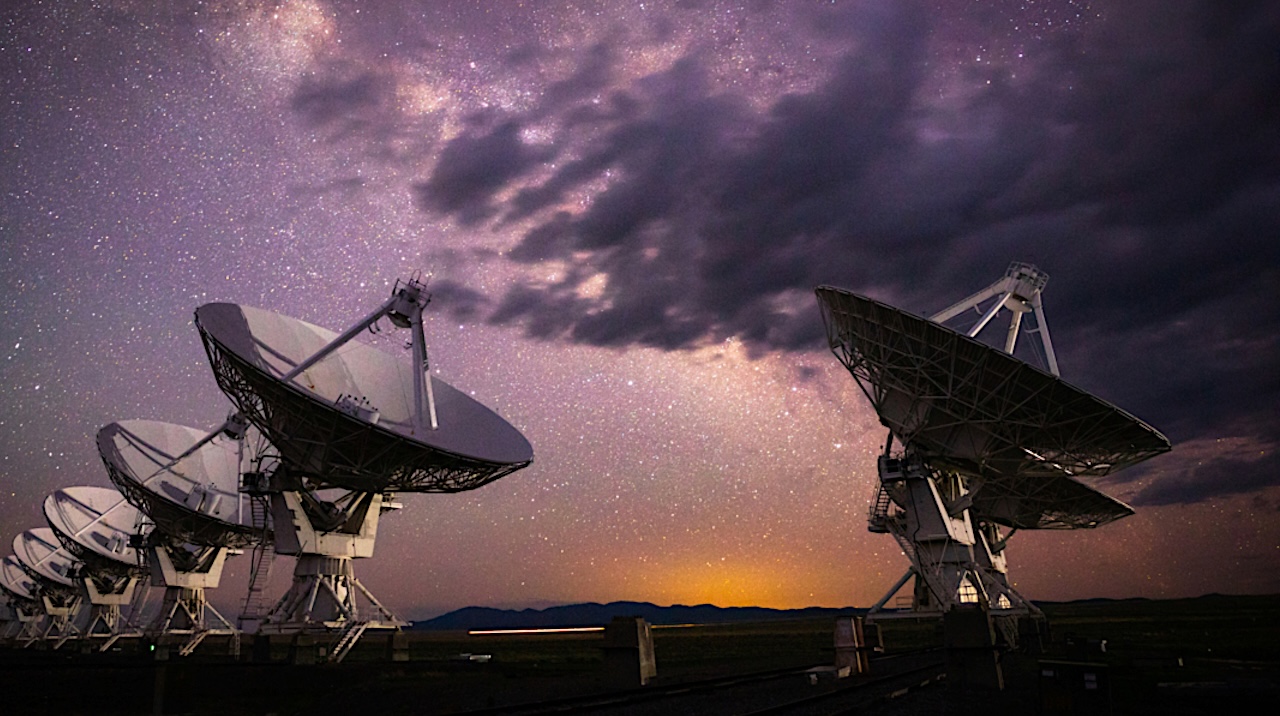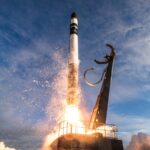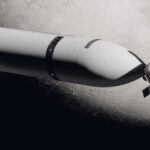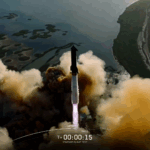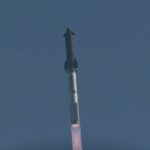Ongoing research explores potential for Jupiter’s frozen moon to support life, habitability Courtesy: NASA/JPL-Caltech/DLR Southwest Research Institute experiments offer a new view on a hydrogen peroxide chemical cycle on Europa.
Astrobiology65- Page
The image to the left, taken with ESO’s Very Large Telescope (VLT), shows a possible planet being born around the young star HD 135344B. This star, located around 440 light-years
A: Bioreactor setup of A. manzaensis grown on ESAE-01 basalt analog material. B: Exposure wells with desiccated A. manzaensis cells and ESAE-01 basalt pellets. C: Successful recultivation of A. manzaensis
Spectrum of C/2025 N1 (3I/ATLAS) showing the wavelength ranges where the emissions should appear above the noise level. — astro-ph.EP Comets are primitive remnants of the early Solar System whose
Closeup Look At An Ancient Crater Lake Outlet On Mars This image shows an impact crater with icy-looking fill and a curious outlet notch, feeding into another smooth, possibly-icy deposit
Morphology of K. pneumoniae in simulated microgravity and in normal gravity- NPJ Microgravity Klebsiella pneumoniae (K. pneumoniae) has been detected on space stations. Microgravity is a key environmental factor in
Rotifer-B2 — ESA This study analyzes the transcriptomic changes experienced by Adineta vaga, a bdelloid rotifer aboard the International Space Station (ISS), using RNA sequencing. The aim was to investigate
Imaging & Spectroscopy Status Report astro-ph.EP July 18, 2025 Examples of gt-CAE reconstructions and cross-comparison with fixed noise level trained CAEs. Left: Results on attempted reconstructions of 5 unseen/validation subimages
Logarithm of exomoon lifetime (log10 (𝑡max ); color coded) from stability simulations that vary a host planet’s mass, tidal constant time-lag, 𝜏p, and initial eccentricity while using Earth-like parameters for
VLA Photo: Credit: NSF/NSF NRAO/AUI/B.Foott This white paper highlights the work that is needed to anticipate the challenges and societal impacts of a possible technosignature detection. We recommend practical steps
-
 012024 in Review: Highlights from NASA in Silicon Valley
012024 in Review: Highlights from NASA in Silicon Valley -
 02Panasonic Leica Summilux DG 15mm f/1.7 ASPH review
02Panasonic Leica Summilux DG 15mm f/1.7 ASPH review -
 03How New NASA, India Earth Satellite NISAR Will See Earth
03How New NASA, India Earth Satellite NISAR Will See Earth -
 04And Thus Begins A New Year For Life On Earth
04And Thus Begins A New Year For Life On Earth -
 05Astronomy Activation Ambassadors: A New Era
05Astronomy Activation Ambassadors: A New Era -
06SpaceX launch surge helps set new global launch record in 2024
-
 07Space Force plans new ‘Futures Command’ amid pressure to speed up modernization
07Space Force plans new ‘Futures Command’ amid pressure to speed up modernization


